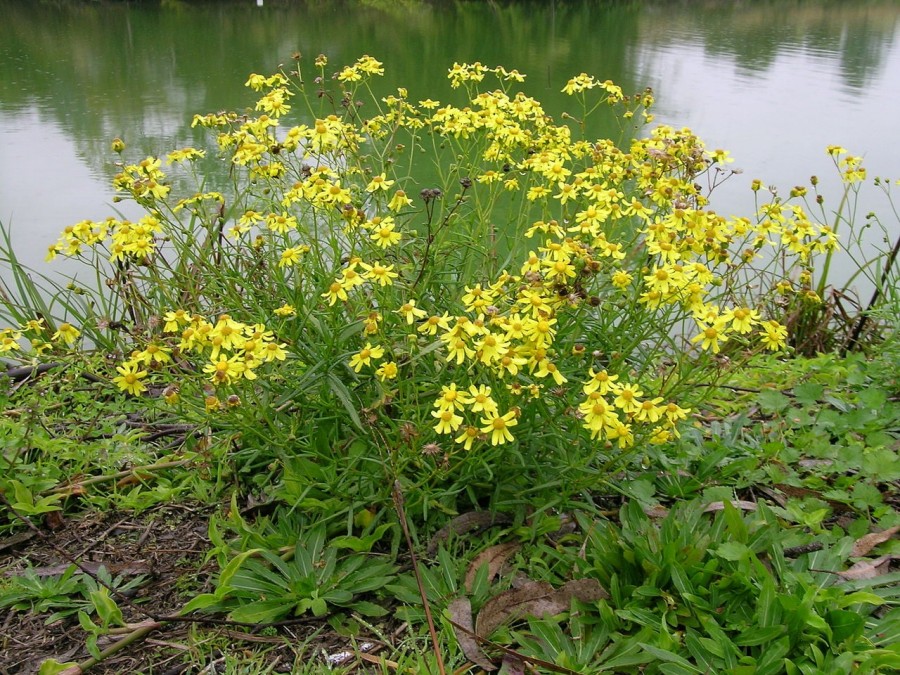Weed Profile - Fireweed (Senecio madagascariensis)
How does this weed affect you?
Fireweed invades pastures and disturbed areas. It:
- reduces productivity
- is poisonous to livestock and can cause death
- is difficult to control.
Livestock poisoning
Fireweed contains chemicals called pyrrolizidine alkaloids. Livestock that eat it get liver damage. The damage is irreversible and gets worse the more fireweed an animal eats. Hay, silage or grain contaminated with fireweed plants or seeds can poison livestock. Identifying fireweed poisoning is difficult. If you think you have affected animals contact your vet.
Cattle
Cattle are usually reluctant to eat fireweed. Young, hungry or new stock not familiar with fireweed are more likely to eat it. Cattle can lose weight, or their growth slows. Some develop brain damage, which can show as confusion and poor coordination. Sudden death can happen in fat cattle that have eaten fireweed in the last 3 to 6 months.
Sheep and goats
Sheep and goats are more inclined to eat fireweed than cattle. They are also up to 20 times more tolerant of its toxins. Merinos tend to eat less fireweed, other sheep breeds can eat it to excess. Sheep that eat fireweed over two or more years may become unwell or die suddenly. Sheep and goats rarely show signs of brain damage.
Fireweed can poison alpacas too, but less is known about the effects on them.
Horses
Horses have more problems with fireweed poisoning. Unpigmented skin can become sensitive to sunlight, redden and peel away. Brain damage is common. Symptoms can include: dullness, aimless wandering, an uncoordinated gait, pressing up against fences, gates or trees and possible blindness.
What does it look like?
Fireweed is an annual or biennial herb 10–60 cm tall. It is erect with many branches. Flowering is mostly from spring to autumn but times vary for different parts of NSW. All stages of the plant from seedlings to flowering may be present at any time of year in some locations. Flushes of seedlings appear after rain in warm weather.
Control
Long-term fireweed control needs to consider that:- most new seedlings appear in autumn
- many new seedlings appear after rain when temperatures are 15–27°C
- seedlings grow fast and can flower 6–10 weeks after emerging
- flowering and seeding occur mostly in spring
- most plants die off by late spring
- some plants live for up to three years - the tops die back in spring and regrow the following autumn
- fireweed seed buried deeper than two centimetres is unlikely to germinate
- long-term follow up is essential because about 15% of seeds remain dormant for over 10 years.
In pastures, combine grazing strategies, pasture improvement and strategic herbicide use.
In environmental areas hand-pull individual plants and spot spray herbicide.
Source: NSW WeedWise

